Toys and Equipment
Depending on the size of the cage, toys such as spinning wheels or swings may be added to stimulate movement and exercise. Some spinning wheels may require cages large enough to accommodate the structure; but once in place, allow for exercise and entertainment for the group of mice.
Bedding and Nesting Material
With regards to bedding, most standard cages contain wood, paper, or corn cob-based bedding. It is important to remember, however, that many conventional types of bedding material do not allow rodents to express nesting behavior when used alone since they cannot be used to build nests. Bedding types such as Alpha-Dri Plus contain mini paper twists which provide nesting material that is beneficial to the mice. The Bed-r'Nest, which comes pre-packaged in 4 grams or 8 grams sizes, is designed to resemble thin strands or grass similar to those found in nature. It is easy to dispense, dust-free, and provides adequate thermoregulation once shredded apart. Compressed cotton nesting squares are another commonly used form of nesting material
 Key Takeaways
Key Takeaways

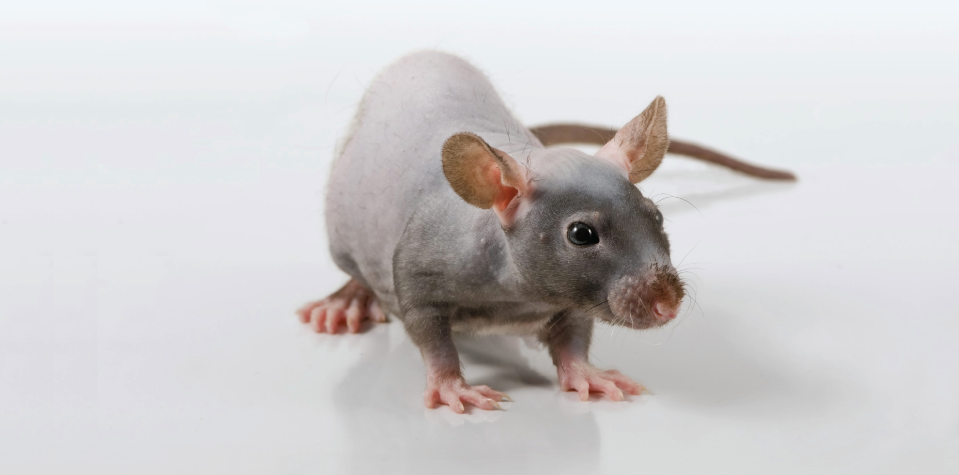
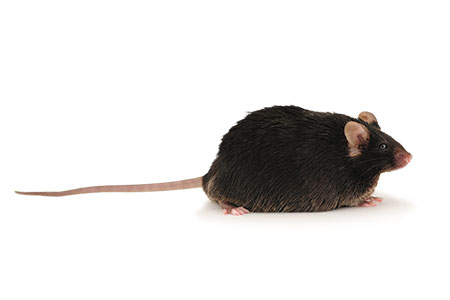
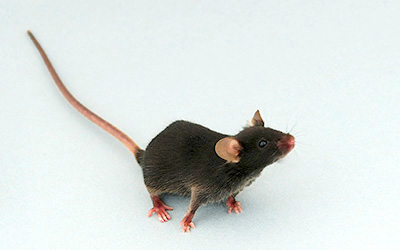
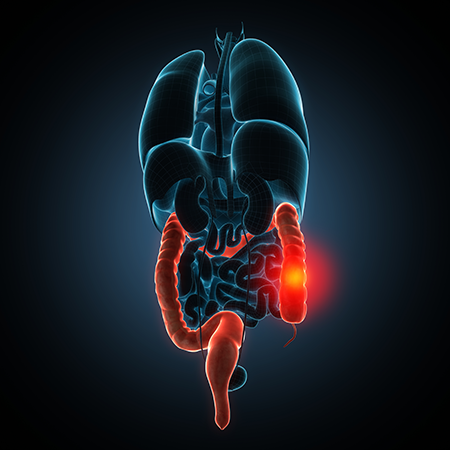




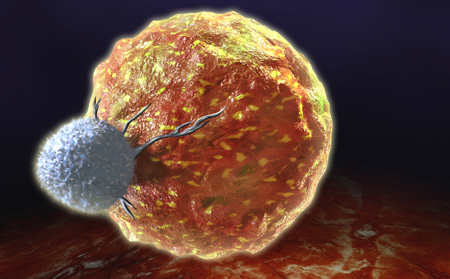


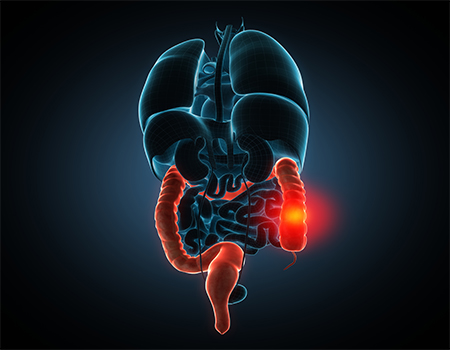
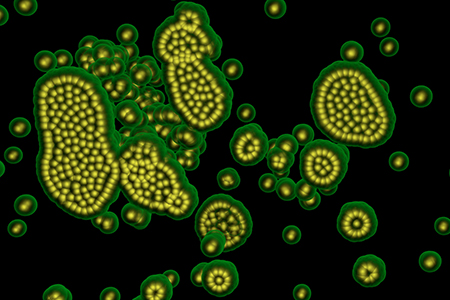

.jpg)

.jpg)
.jpg)
.jpg)
.jpg)




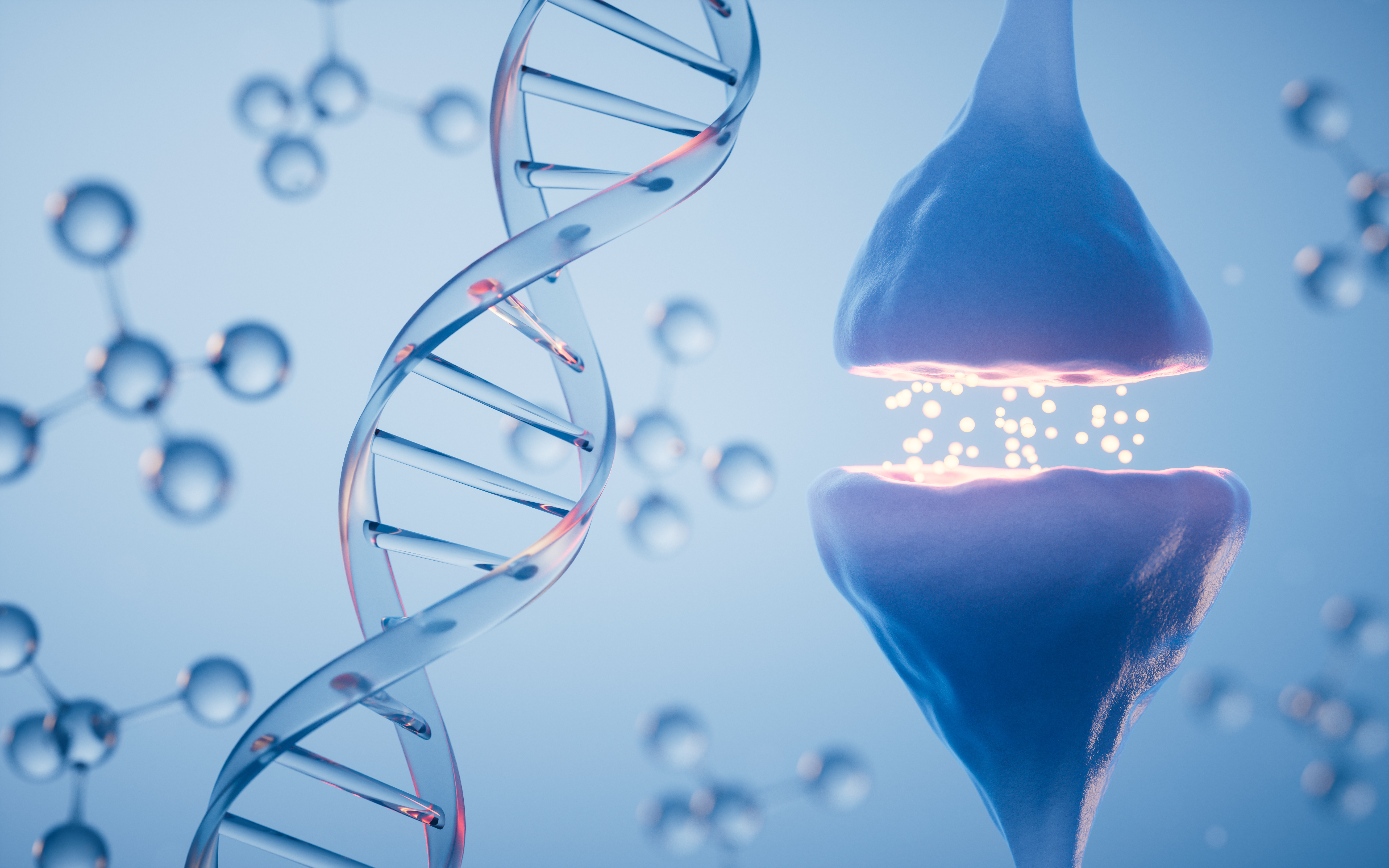
.jpg)


.jpg)
.jpg)




.jpg)




.jpg)

.jpg)








